What are ERC-20 tokens?
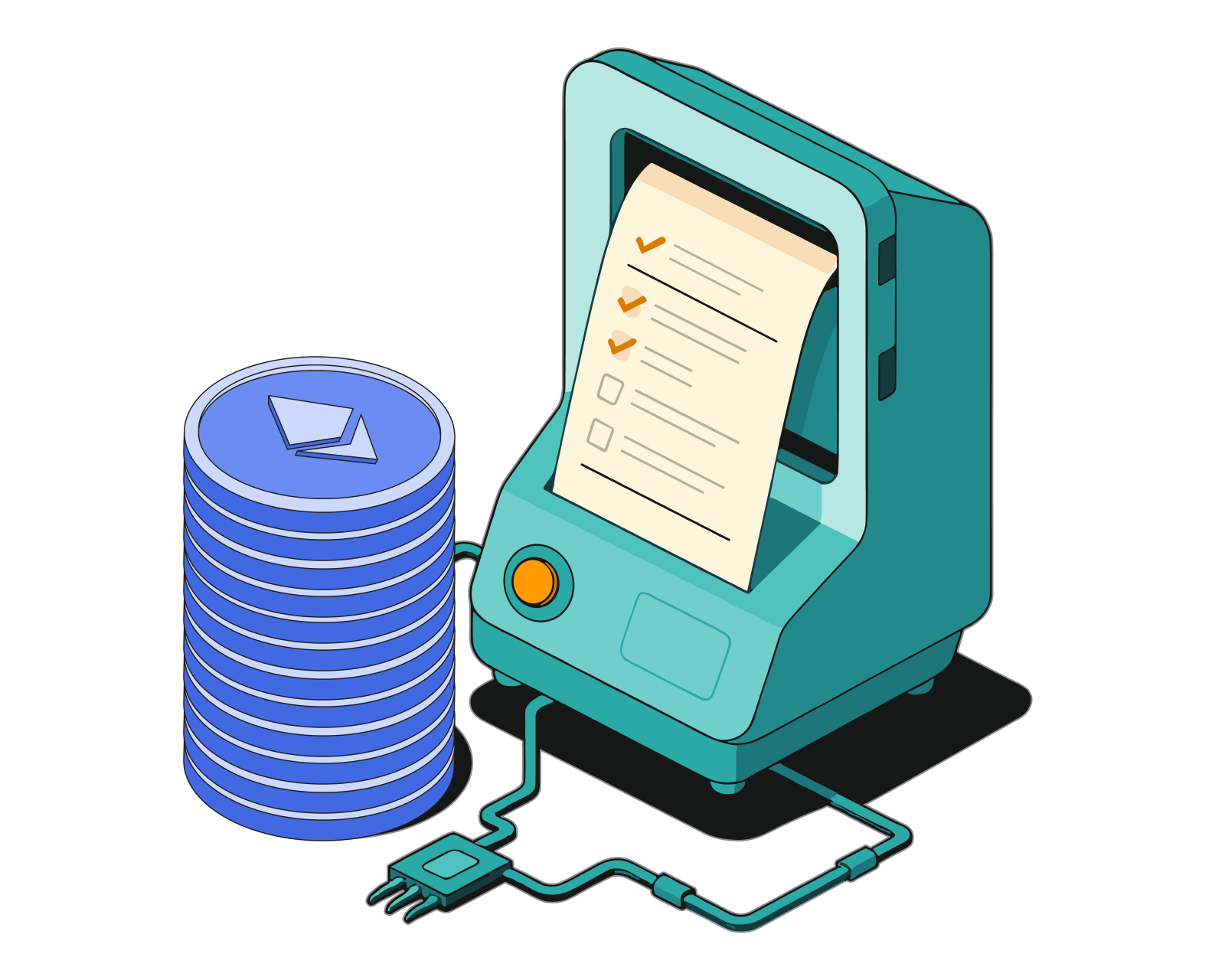
Table of Contents
ERC-20 Tokens Overview
ERC-20 tokens are sets of 'fungible' digital tokens that live on the Ethereum network. Fungible here means that each token in the set is indistinguishable from every other token in the set. This is analogous to how one US dollar is effectively indistinguishable from every other US dollar (at least in the digital realm). When it comes to ERC-20 tokens, each set is differentiated by a ticker symbol like ABC or XYZ. There may be, for example, a set of 1 million ABC tokens, and another set of 10 million XYZ tokens. The barrier to entry for creating ERC-20 token sets is low (it's really just a matter of deploying a relatively simple 'contract' to the Ethereum network), so the number of sets is measured in the thousands. For this reason, most sets actually have very little value. Some, however, are worth billions.
The ERC-20 Standard
ERC-20 refers to a technical standard that defines a common set of rules such as how the tokens can be transferred, how transactions are approved, and the total supply of tokens. The ERC-20 standard arose from a 2015 proposal that was merged into the Ethereum protocol via an Ethereum Improvement Proposal (IEP-20).
Interacting with ERC-20 Tokens
Interacting with ERC-20 tokens requires the use of ETH. For example, if you want to send 100 ABC tokens to Alice, you'll need to attach a small amount of ETH to pay for the transaction.
Read more: What is gas and how do fees work in Ethereum?
Creating ERC-20 Tokens
ERC-20 tokens are created by deploying smart contracts. The logic of smart contracts allows for some interesting use cases, even just for the creation of a set of tokens. For example, consider a contract written such that it can receive a maximum of 1000 ETH (that is, a total of 1000 ETH can be sent to the contract), and for every one ETH sent into the contract, the contract automatically 'mints' and sends 100 ABC tokens back to the sender. This would "create" 100,000 ABC tokens and distribute them amongst anyone who sent ETH to the contract. It's worthwhile noting that this process has similarities to an initial public offering of stock, where shares in a company are issued and distributed to people who have purchased them with dollars.
Use Cases and Varieties of ERC-20 Tokens
There are a huge variety of ERC-20 tokens. Some, like in our example above, represent financial assets that are arguably similar to a share in a company. Note that this feature means such tokens may be considered securities by financial regulators, potentially subjecting the issuers to a range of legal obligations depending on the jurisdiction.
ERC-20 tokens can also be used to represent things like loyalty rewards and reputation points. Imagine, for example, an online travel agency that issues points to users every time they make a booking through the platform. These points could be used to pay for future bookings. They could also provide holders with additional benefits like VIP service, a share of the fees generated by the booking platform, or even a say in how the platform is governed. Importantly, the points (tokens) could also be traded with other people, a feature that endows them with value beyond just the ecosystem in which they were created.
ERC-20 tokens can also be used to represent physical objects like gold or real estate. However, when digital tokens are used to represent physical objects, maintaining the connection between the two presents difficulties.
Consider the example of ERC-20 tokens that represent US dollars - as in one of the most-used and most widely distributed ERC-20 tokens, Tether (USDT). Holders of Tether tokens, which go by the ticker symbol USDT, have a claim on US dollars that are held in the bank accounts of a company called Tether Limited. The value of 1 USDT has so far reliably mirrored the value of 1 'real' US dollar, however, since the bank accounts of the company behind USDT exist outside of the Ethereum network, participants must rely on traditional auditing practices to verify the existence of the 'real' dollars. This reliance on a third-party that exists outside of the code-driven world of the Ethereum shared computer, makes it harder to guarantee 'truth.' Thus, there's always the chance that participants will lose confidence that Tether-the-company does, in fact, hold sufficient dollar reserves - a circumstance that may result in a situation where 1 USDT is not worth the same as 1 US dollar.
Despite the challenges, the fact of USDT tokens living on Ethereum endows them with a certain utility beyond 'real' US dollars. Specifically, you can easily move them around (including across borders), trade them for other tokens, or even send them to a smart contract that allows you to earn yield on them. For these reasons, the growth in adoption of USDT and other Ethereum-based US dollar tokens has been rapid.
Read more: What is Decentralized Finance?
ERC-20 Token Standard Adoption Across EVM-Compatible Networks
The ERC-20 token standard, originally designed for the Ethereum blockchain, has seen widespread adoption across EVM (Ethereum Virtual Machine) compatible networks. This is largely due to the standard's flexibility, efficiency, and the ease with which developers can create and deploy tokens using it. As a result, numerous blockchains that support EVM compatibility, such as BNB Smart Chain, Polygon, and Avalanche, have embraced ERC-20, allowing for seamless interoperability of tokens across these platforms. This cross-chain functionality has not only facilitated a more fluid movement of assets within the crypto ecosystem but has also spurred innovation in decentralized finance (DeFi), gaming, and other decentralized applications (dApps). By leveraging the ERC-20 standard, these EVM-compatible networks can ensure a consistent and reliable user experience, further cementing ERC-20's role as the foundational building block for token creation in the blockchain space.
The Bitcoin.com Wallet app supports ERC-20 tokens not only on Ethereum, but also across the EVM-compatible networks supported in the wallet (at the time of writing these are Avalanche, BNB Smart Chain, and Polygon.
Related guides
Start from here →

What is Ethereum?
Understand Ethereum's key characteristics.
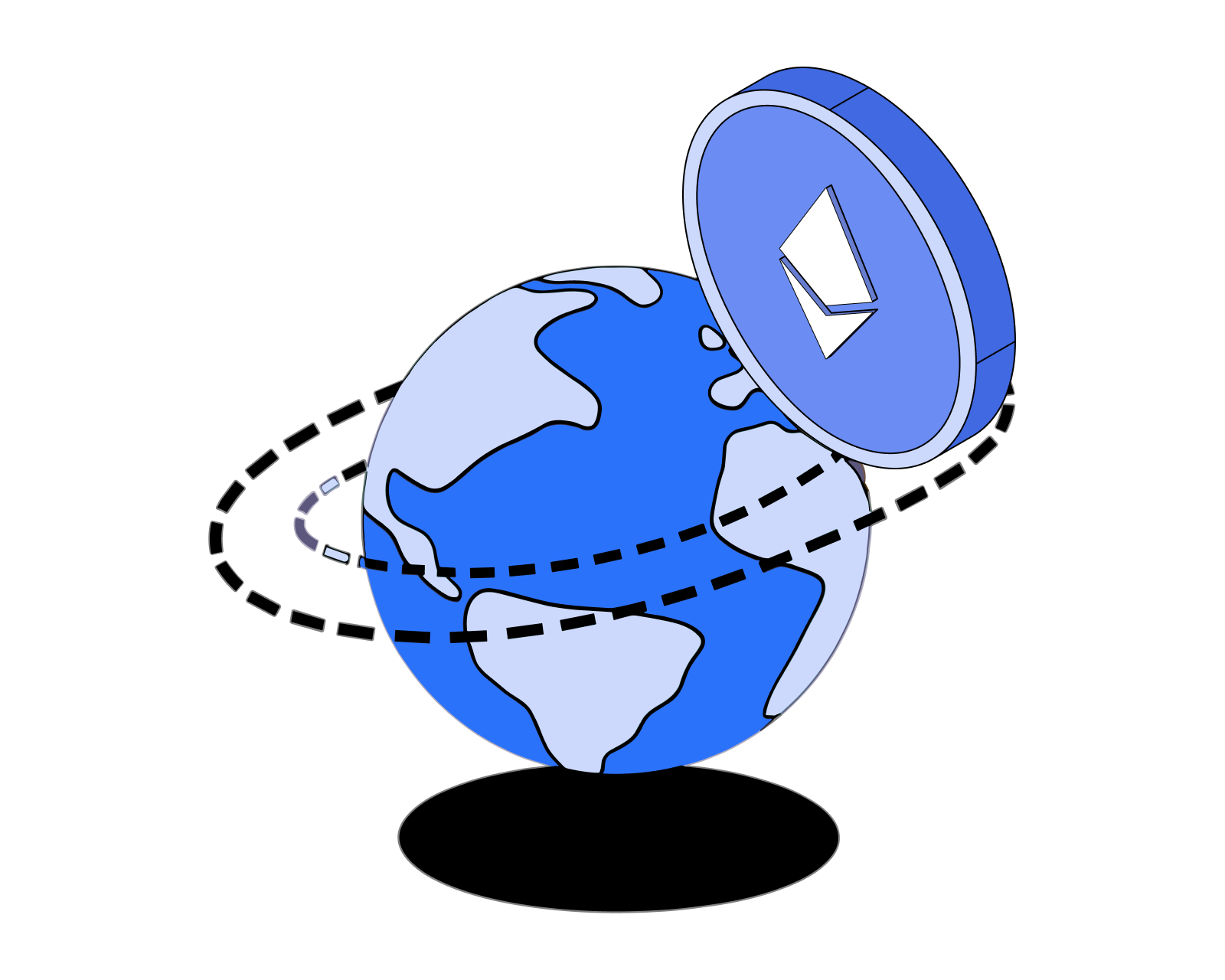

What is ETH used for?
Understand the function and utility of ETH.
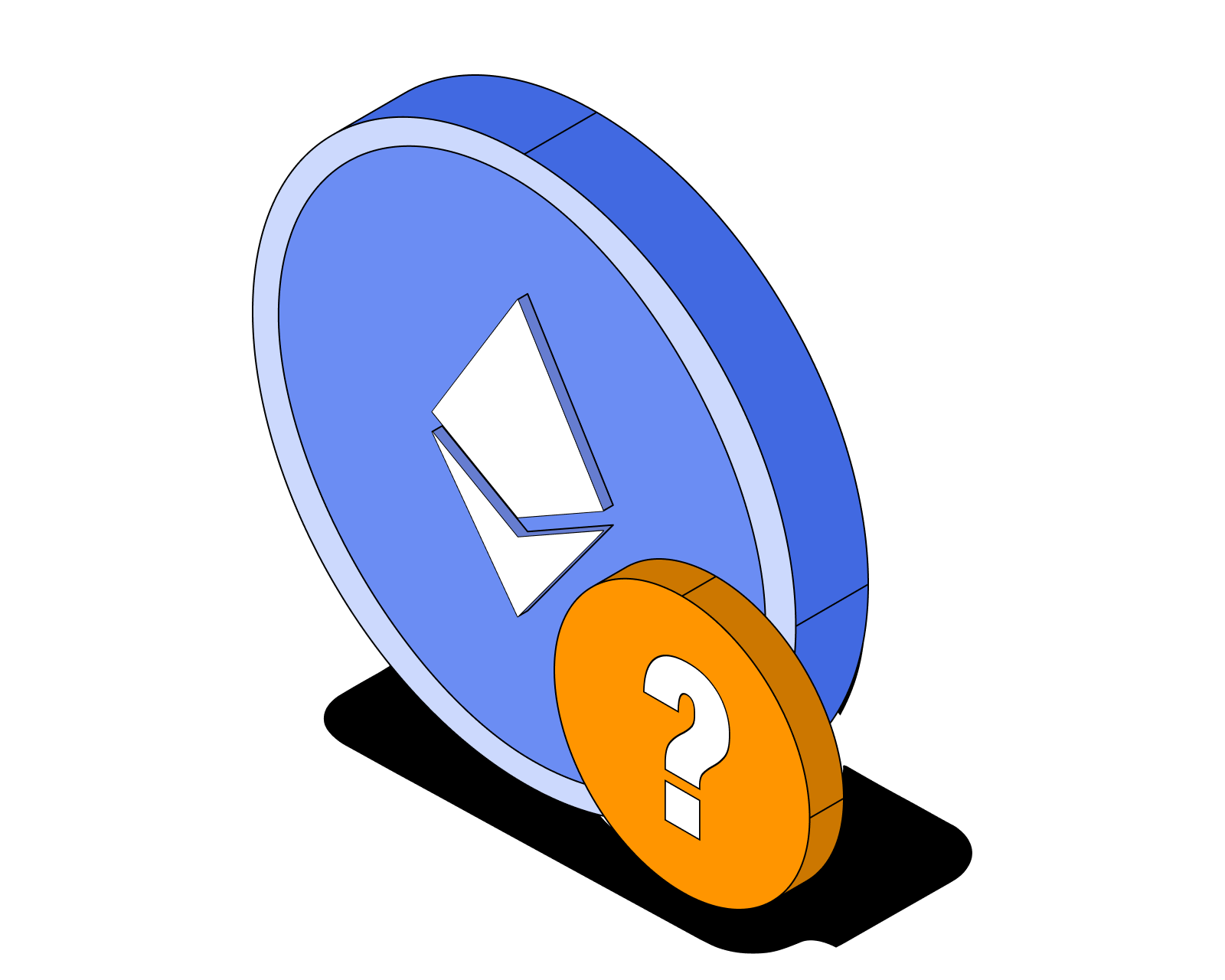
Who created Ethereum?
Understand the origin and early history of the Ethereum protocol.
Read this article →
Who created Ethereum?
Understand the origin and early history of the Ethereum protocol.
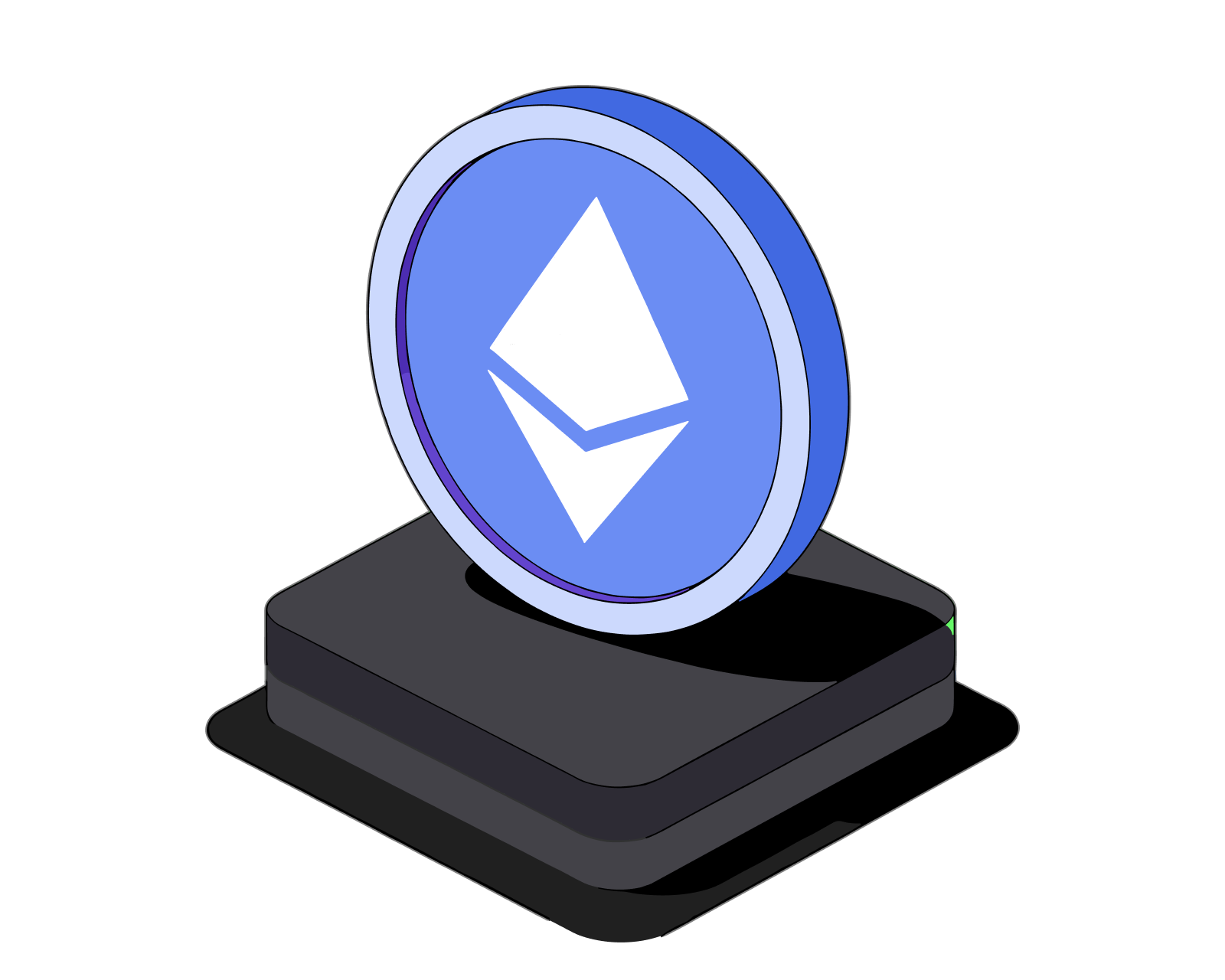
How was ETH initially distributed?
Learn about the 2014 crowdsale, the initial distribution of ether (ETH), and why it's important.
Read this article →
How was ETH initially distributed?
Learn about the 2014 crowdsale, the initial distribution of ether (ETH), and why it's important.

What's a smart contract?
Get the basics on the "software" that runs on decentralized networks.
Read this article →
What's a smart contract?
Get the basics on the "software" that runs on decentralized networks.

What is DeFi?
Learn what makes decentralized finance (DeFi) apps work and how they compare to traditional financial products.
Read this article →
What is DeFi?
Learn what makes decentralized finance (DeFi) apps work and how they compare to traditional financial products.
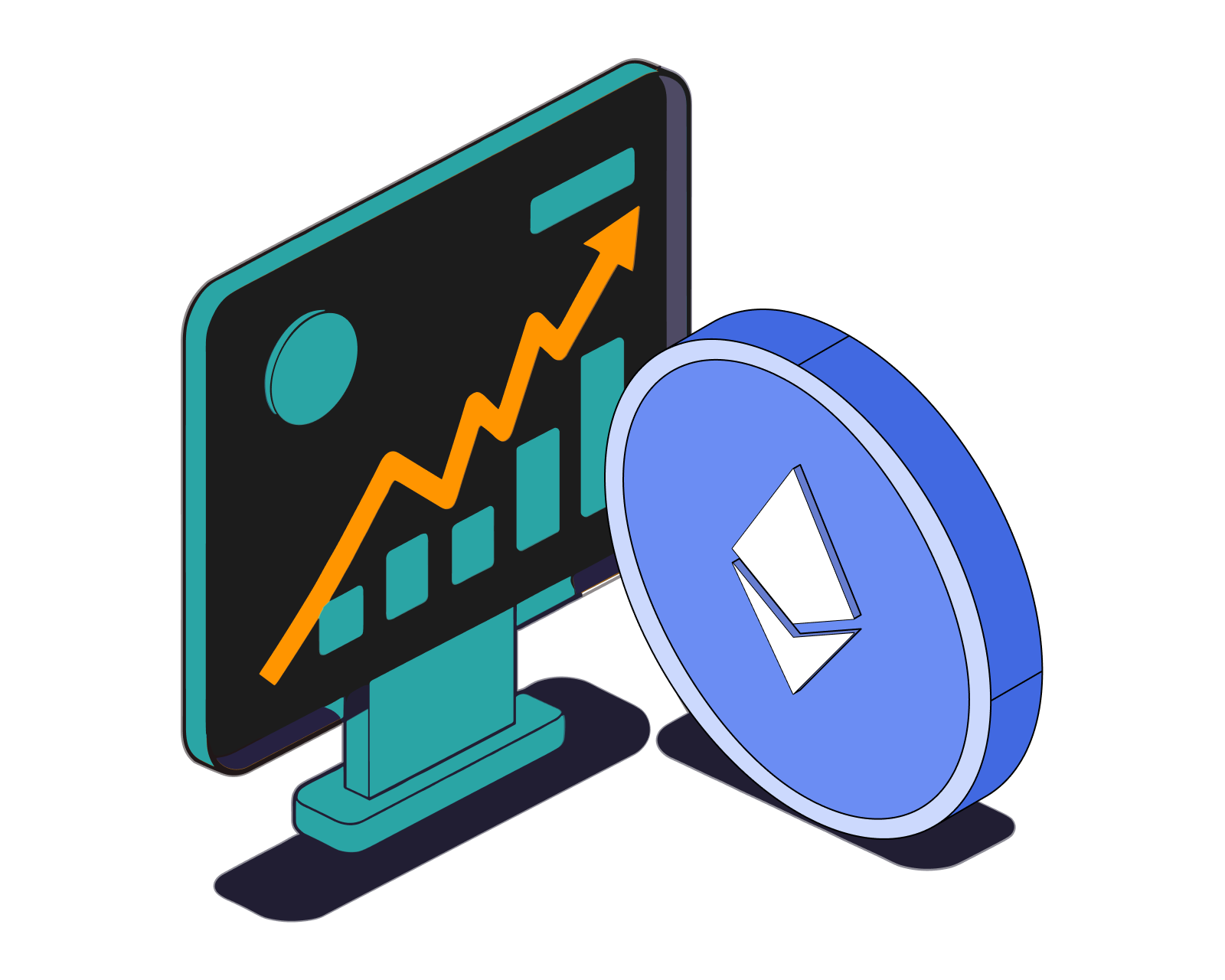
What is Ethereum's monetary policy?
Learn about the issuance rate of ETH and how it is governed.
Read this article →
What is Ethereum's monetary policy?
Learn about the issuance rate of ETH and how it is governed.
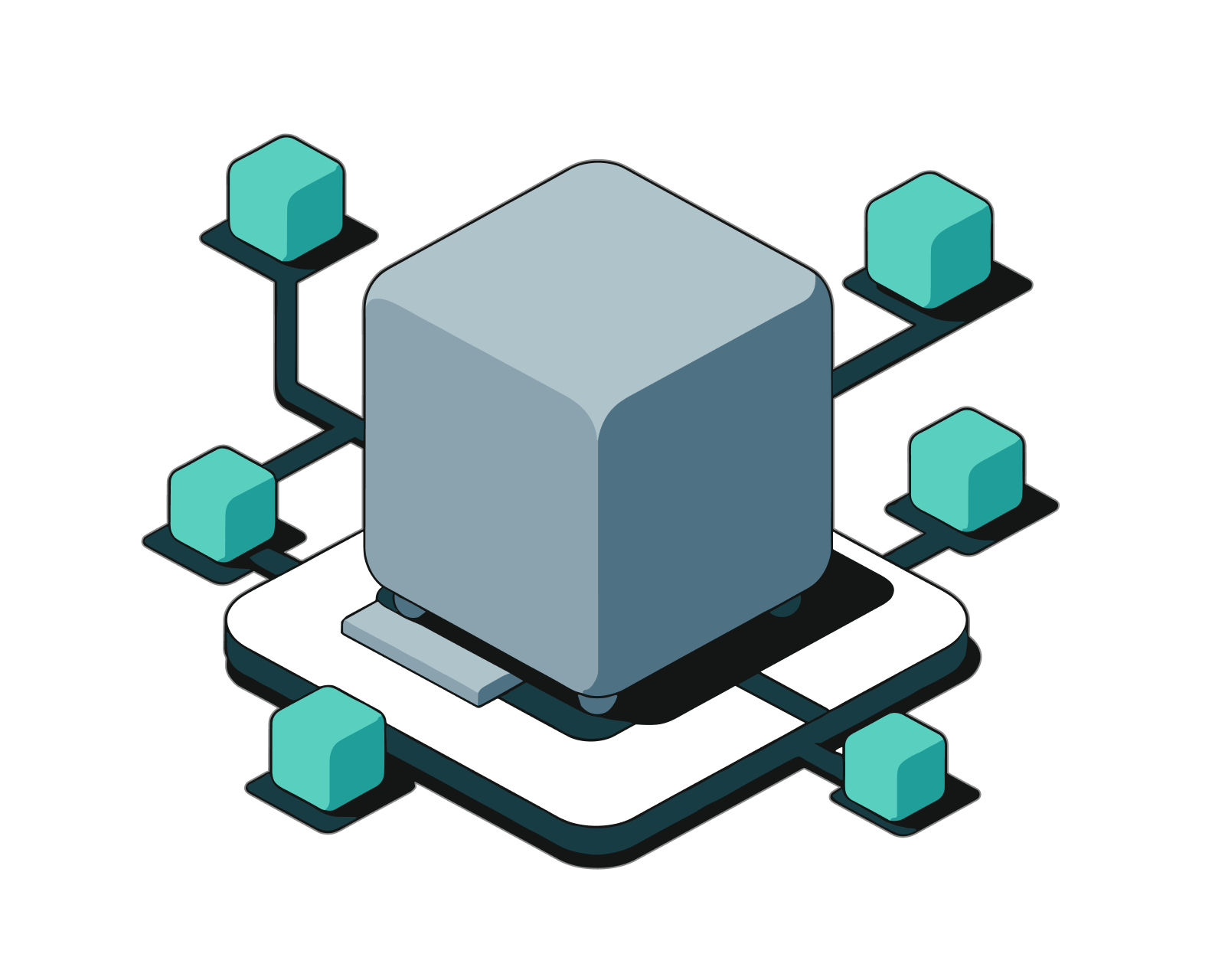
What is ETH gas and how do fees work in Ethereum?
Learn about the unit for measuring transaction fees in Ethereum, get details on the Ethereum fee market, and discover how to customize the fees you pay.
Read this article →
What is ETH gas and how do fees work in Ethereum?
Learn about the unit for measuring transaction fees in Ethereum, get details on the Ethereum fee market, and discover how to customize the fees you pay.
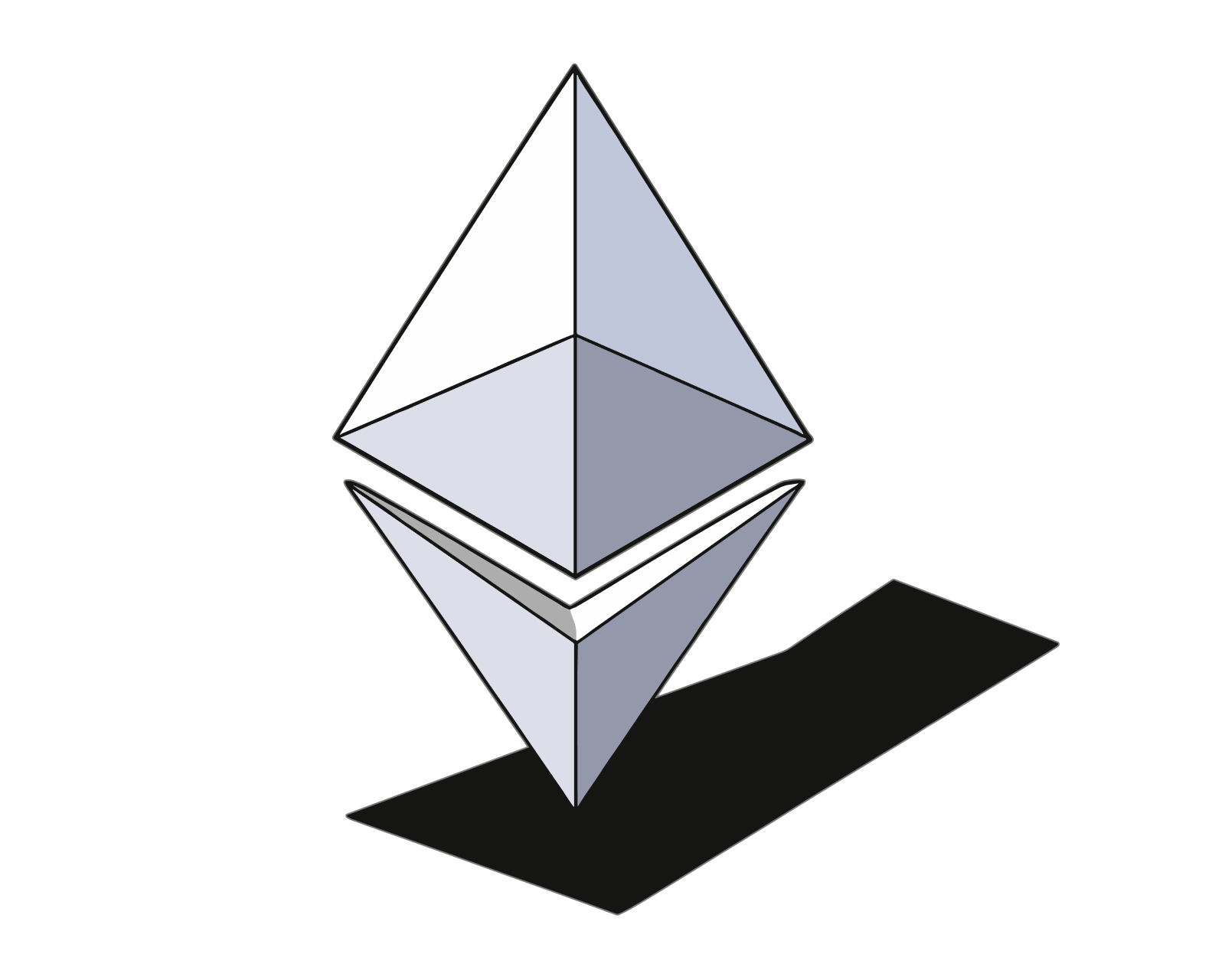
What is EIP 1559?
Understand how EIP 1559 overhauled the fee market in Ethereum and what it means for ETH's circulating supply.
Read this article →
What is EIP 1559?
Understand how EIP 1559 overhauled the fee market in Ethereum and what it means for ETH's circulating supply.

How does governance work in Ethereum?
Why governance is needed, Ethereum governance in practice, the concept of credible neutrality, and more.
Read this article →
How does governance work in Ethereum?
Why governance is needed, Ethereum governance in practice, the concept of credible neutrality, and more.
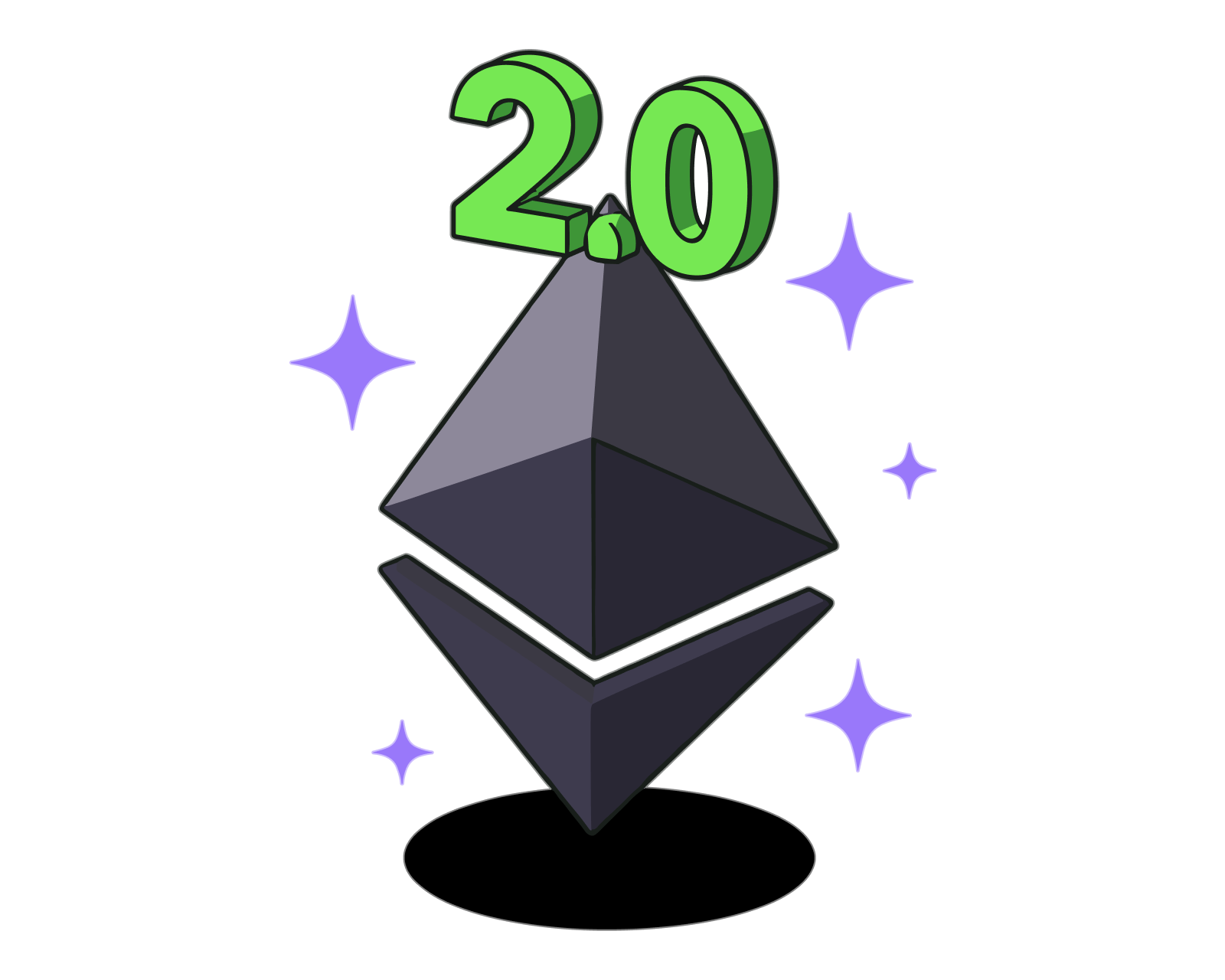
What is Ethereum 2.0?
Learn about Ethereum's attempt to solve the blockchain trilemma with a move to Proof of Stake, sharding, and more.
Read this article →
What is Ethereum 2.0?
Learn about Ethereum's attempt to solve the blockchain trilemma with a move to Proof of Stake, sharding, and more.
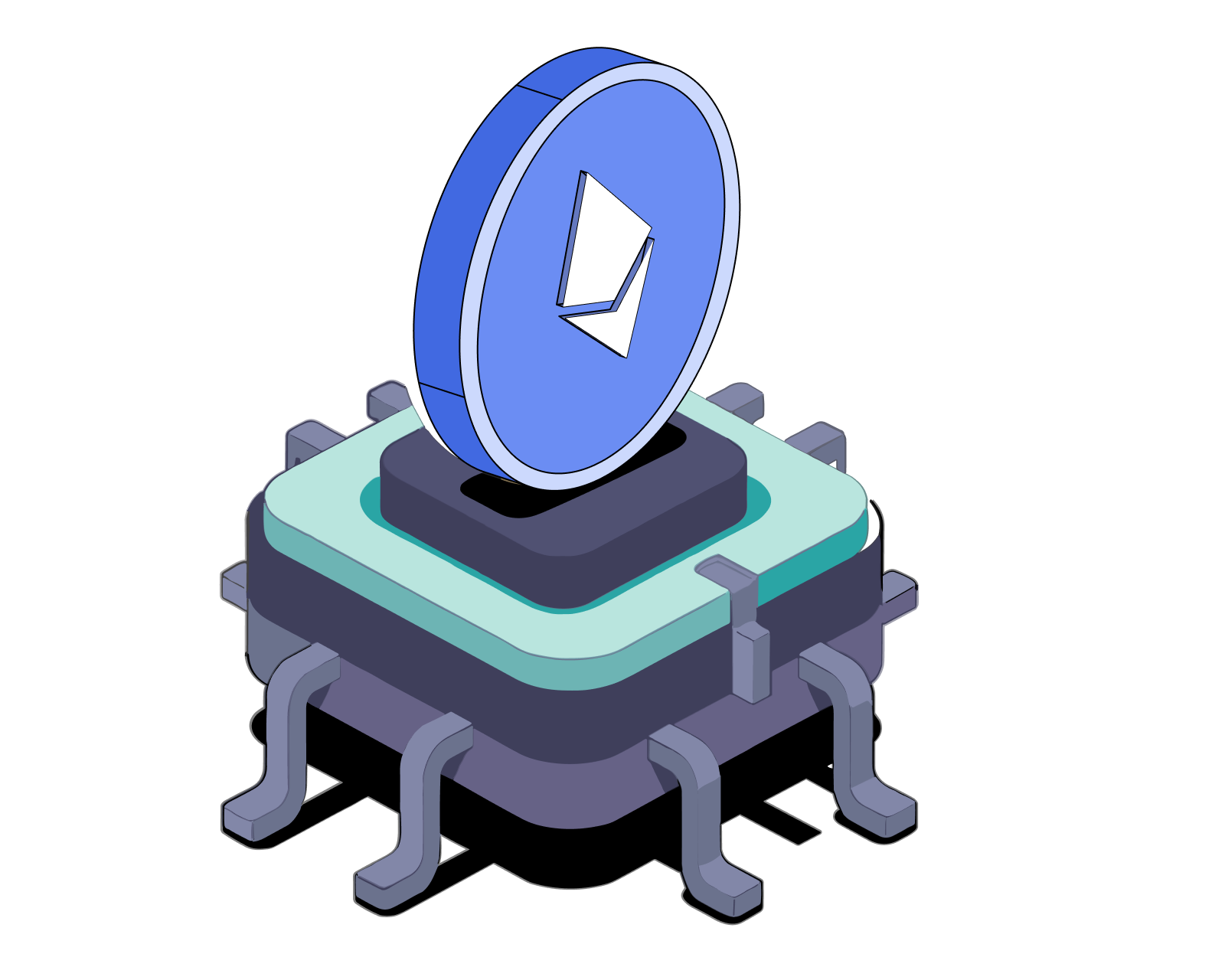
How to buy ETH
Learn how to buy ETH and hold it securely in a digital wallet you control.
Read this article →
How to buy ETH
Learn how to buy ETH and hold it securely in a digital wallet you control.
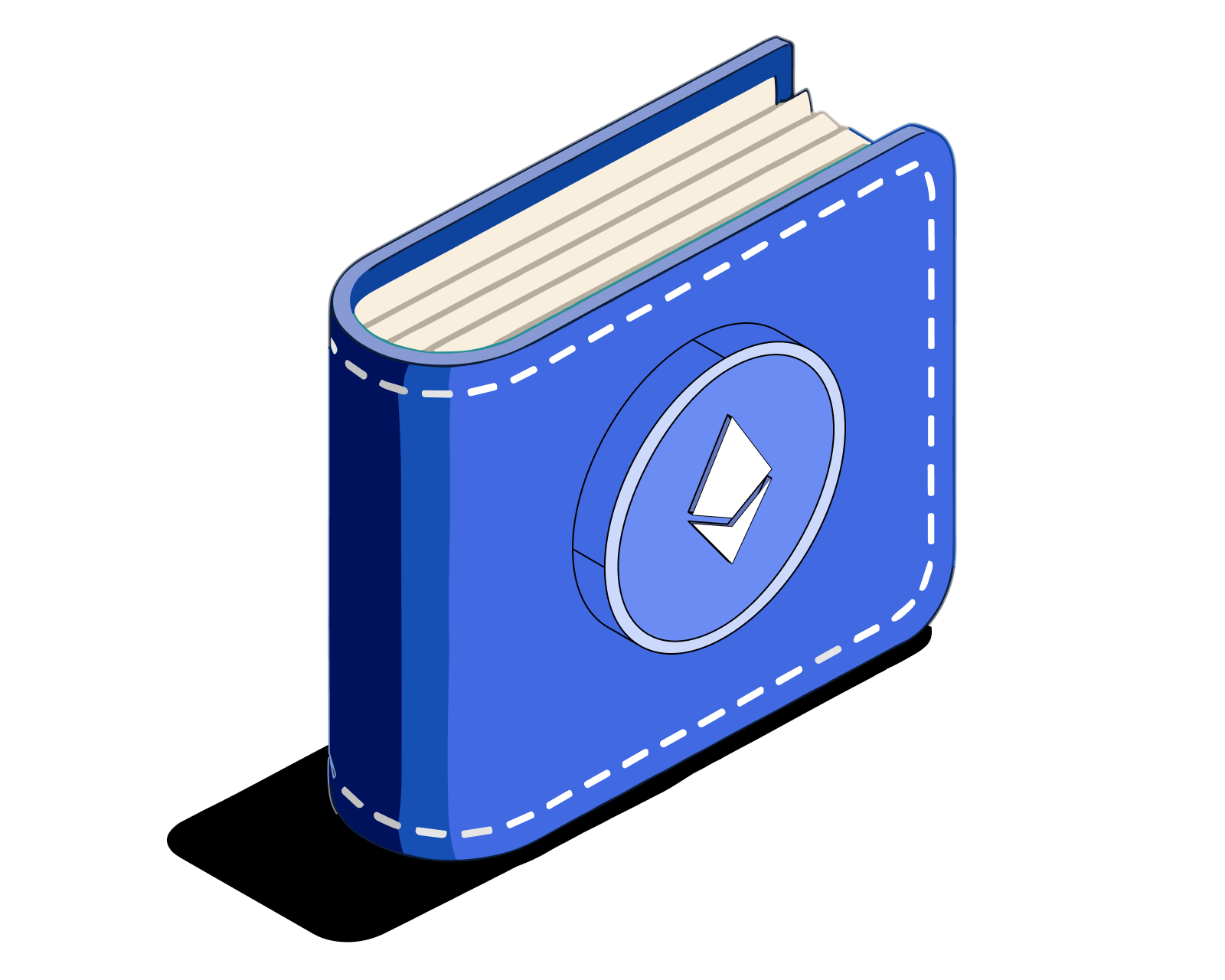
How to create an Ethereum wallet
Creating an Ethereum wallet is as easy as installing software on your mobile device or laptop/desktop.
Read this article →
How to create an Ethereum wallet
Creating an Ethereum wallet is as easy as installing software on your mobile device or laptop/desktop.
STAY AHEAD IN CRYPTO
Stay ahead in crypto with our weekly newsletter delivering the insights that matter most
Weekly crypto news, curated for you
Actionable insights and educational tips
Updates on products fueling economic freedom
No spam. Unsubscribe anytime.



Start investing safely with the Bitcoin.com Wallet
Over wallets created so far
Everything you need to buy, sell, trade, and invest your Bitcoin and cryptocurrency securely

© 2025 Saint Bitts LLC Bitcoin.com. All rights reserved


